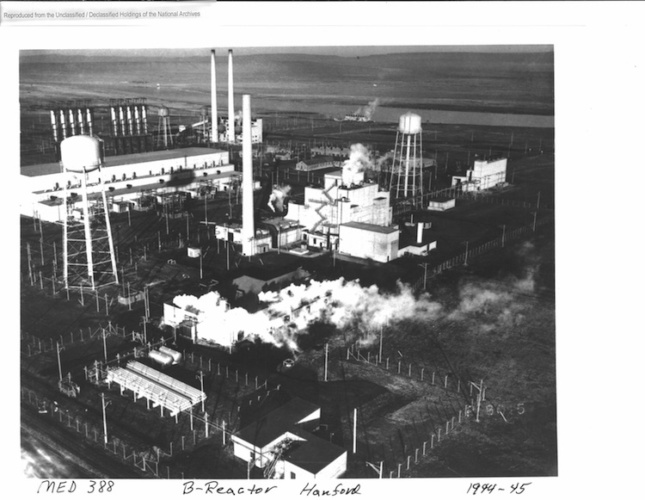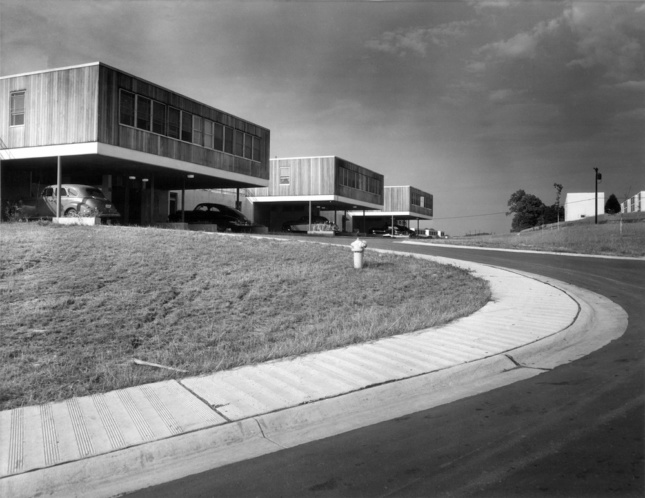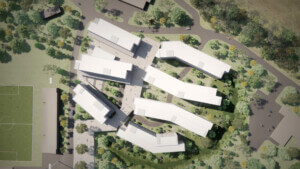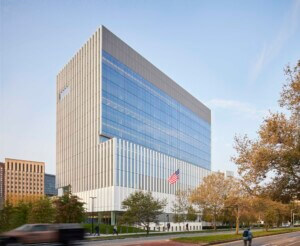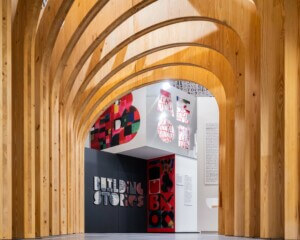In the midst of World War II, three new cities sprung up across the United States, built from scratch by the U.S. Army Corps of Engineers. Between 1942 and 1945, Oak Ridge, Tennessee; Los Alamos, New Mexico; and Hanford, Washington would become home to more than 125,000 people, but, officially, none of these places even existed. In fact, everything that happened inside the three “secret cities” was strictly confidential—even their locations, which were completely off the map.
Now, some 75 years later, the National Building Museum is digging through the archives to present a declassified picture of the three cities at the core of the Manhattan Project, the research and development mission behind the first atomic bomb, with the exhibition “Secret Cities: The Architecture and Planning of the Manhattan Project,” which opens from May 3.
The show examines the exceptional design thinking required to build three clandestine cities at the height of the war, but these were not simple military encampments. Coinciding with the early moments of modernism, the hidden cities were a laboratory for the most cutting-edge explorations of town planning, engineering, and efficiency of mass and scale. To realize their vision, the Army Corps turned to architects like those at Skidmore, Owings & Merrill, who provided the master plan for the community at Oak Ridge, which would grow to encompass 10 schools, a hospital, 17 restaurants, and 300 miles of road. To make it all possible, a team from SOM, led by led by John Ogden Merrill himself, set up shop in the town. The Tennessee office would grow to include some 300 architects, making it among the largest firms in the country at the time.
Not only would the town prove a testing ground in which Bauhaus and other early modernist principles were utilized to create the type of planned suburb development that would dominate the following decades, it was also an opportunity for SOM’s designers and engineers to experiment with new techniques and technologies, using prefab and modular construction methods combined with cemesto panels (names for their a mix of concrete and asbestos). At the time, the work was strictly confidential—not even the residents of the secret cities knew what they were working on. Only now, with the distance of time, is it possible to examine the legacy of these instant cities that sprung from the atomic race.










